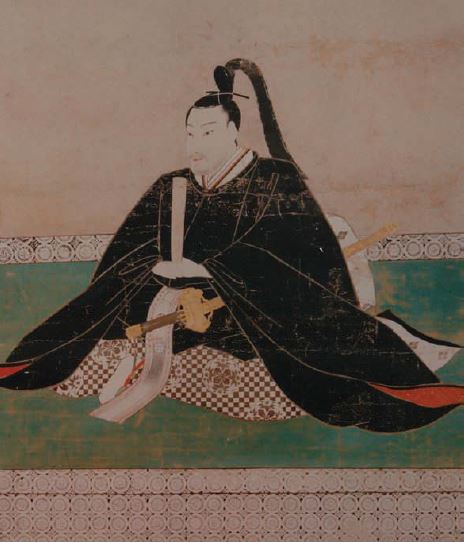For more than a century a prohibition of firearms and cut and thrust weapons by the Shimazu House has been considered one major trigger for the development of empty handed martial arts in Okinawa. While this theory has been refuted for quite some time, the following is an interesting episode taking place shortly after the 1609 Shimazu invasion of Okinawa. This was originally published in my “Karate 1.0 – Parameters of an Ancient Martial Art” (2013).
To ensure the process of control over Ryūkyū, in 1612 for the first time several so-called national hostages went to Kagoshima in order to undergo training as civil servants. They lived in specially constructed official residences (kansha 官舎), which existed until Meiji.(*1) Kunigami Anji Seimi 國頭按司正彌 (1591–1635, Chinese-style name Ba Zuisai 馬瑞彩), 6th generation of the Ba-clan and Estate Steward (jitō 地頭) of Kunigami district, was the third of these national hostages dispatched to Kagoshima in 1614.(*2)
In the same year 1614 the siege of Ōsaka took place. Shimazu Iehisa (1576–1638, original name Tadatsune) received Shōgun Tokugawa Ieyasu’s command to send troops in aid of the campaign. In 1615 Kunigami Anji requested to follow the troops to serve in the Ōsaka summer campaign. Iehisa at once commanded Seimi to ‘correct his appearance’ to that of a Japanese, bestowed upon him the Japanese style name Kunigami Sama no Mamori 國頭左馬守 and provided him troops of Satsuma warriors. Moreover he bestowed upon him one helmet, one suit of armor, one long sword, one short sword, two firearms (teppō 鉄砲), one saddle, stirrups, and a bridle.

Shimazu Iehisa, from Wikipedia.
However, halfway en route, Ōsaka had already been pacified, the war was over and public peace established. Kunigami Anji returned to Kagoshima, and in the following year, 1616, returned to Ryūkyū. (*3) In 1632 he was sent to Satsuma again, this time as a New Year envoy.(*4) The sword bestowed on him by Iehisa was handed down as an heirloom within the Kunigami family until the early Shōwa era.(*5)
According to the above, Shimazu Iehisa himself clearly approved the possession of cut and thrust weapons in the possession of Ryūkyūan leaders.
Biblio:
*1: see Binkenstein, Vol. 4: 2, 1941: 301.
*2: Kerr 1958: 165. Digital-ban Nihon Jinmei Daijiten デジタル版 日本人名大辞典, accessed via Kotobank.jp, 08.01.2013.
*3: Kyūyō Fukan, article 16. Chūzan Seikan Fukan, Vol I. Sakihara, in Kerr 2000: 564.
*4: CZSFFK, Vol I.
*5: The whereabouts of the sword following the Battle of Okinawa seem to be unknown.
© 2018, Andreas Quast. All rights reserved.
